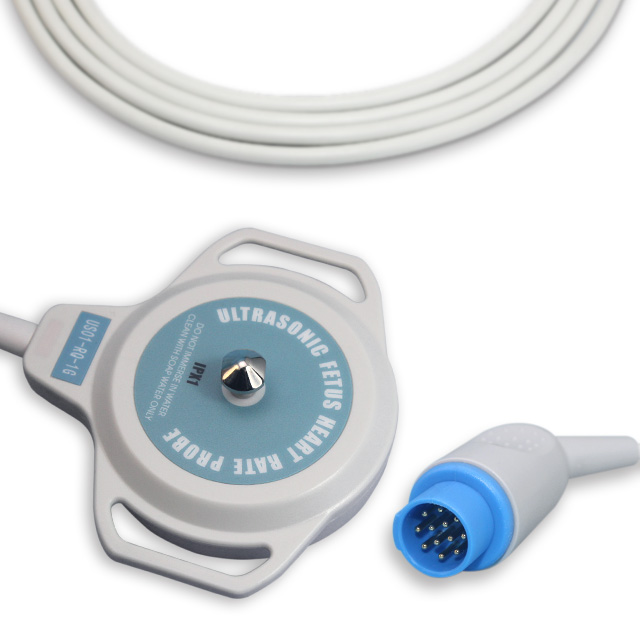In the late 1990s, several studies were conducted to evaluate the accuracy of non-professionals, first responders, paramedics and even doctors in assessing only the presence of pulse. In one study, the success rate of pulse recognition was as low as 45%, while in another study, junior doctors spent an average of 18 seconds to recognize pulse.

It is for these reasons that according to the recommendations of the International Resuscitation Committee, the British Resuscitation Committee and the American Heart Association cancelled regular pulse check as a sign of life from the first aid training updated in 2000.
But checking the pulse is really valuable, As with all basic vital signs, knowing whether the wounded’s pulse rate is within the normal range can convey important information to us;
If the pulse of the wounded is not within these ranges, it can even lead us to specific problems. If someone runs around, we expect their pulse to rise. We also want them to become hot, red and breathe faster. If they have not run around, but are hot, red, short of breath and fast pulse, we may have a problem, which may indicate sepsis.If they are casualties; hot, red, slow and strong pulse, this may indicate an internal head injury. If they are wounded, cold, pale and have a fast pulse, they may have hypovolemic shock.
We will use pulse oximeter: Pulse oximeter is a small diagnostic tool mainly used to identify the blood oxygen saturation of the wounded, but it can also display the pulse of the wounded. With one of them, we don’t have to waste time to reach the casualties and feel a throbbing desperately.
The pulse oximetry method measures the amount of oxygen carried in the blood as a percentage. Use a pulse oximeter to measure on your finger. This measurement is called Sp02 (peripheral oxygen saturation), and is an estimate of Sp02 (arterial oxygen saturation).
The hemoglobin in red blood cells carries oxygen (a small amount is dissolved in the blood). Each hemoglobin molecule can carry 4 oxygen molecules. If all your hemoglobin is bound to four oxygen molecules, then your blood will be “saturated” with oxygen, and your SpO2 will be 100%.
Most people do not have 100% oxygen saturation, so a range of 95-99% is considered normal.
Any index below 95% can indicate hypoxia-hypoxic oxygen will penetrate the tissues.
A decrease in SpO2 is the most reliable sign of a casualty’s hypoxia; an increase in respiratory rate is related to hypoxia, but there is evidence that this connection is not strong enough (and even exists in all cases) to be a sign of hypoxia.
The pulse oximeter is a quick diagnostic tool that allows you to measure and monitor the oxygenation level of the casualty. Knowing that the injured Sp02 can also enable you to provide the right amount of oxygen within the skill range.
Even if the blood oxygen saturation is within the normal range, SpO2 is reduced by 3% or more, which is an indicator for a more comprehensive evaluation of the patient (and oximeter signal), because this may be the first evidence of acute disease.
Post time: Jan-19-2021

